
Navigating Knowledge: Digital Directories Streamline College Campus Life
Gain insights into how touchscreen directories are revolutionizing college campuses, improving navigation, and increasing student satisfaction—discover the full impact now.
Explore insights, updates, and inspiration on digital signage.

Gain insights into how touchscreen directories are revolutionizing college campuses, improving navigation, and increasing student satisfaction—discover the full impact now.

Learn how affordable campus wayfinding digital signs can enhance navigation and safety—discover the benefits and options available for your institution.

Transform college campus navigation with intuitive solutions featuring 3D maps, AI guidance, and real-time updates—discover how to enhance efficiency and inclusivity.
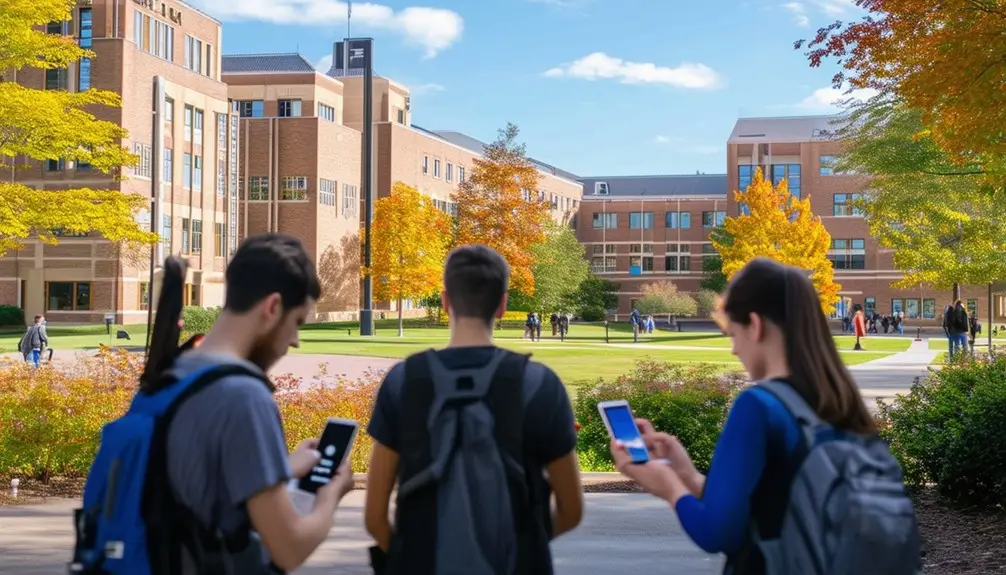
You won't believe how effective digital emergency alerts can transform campus safety—discover the strategies that could save lives.
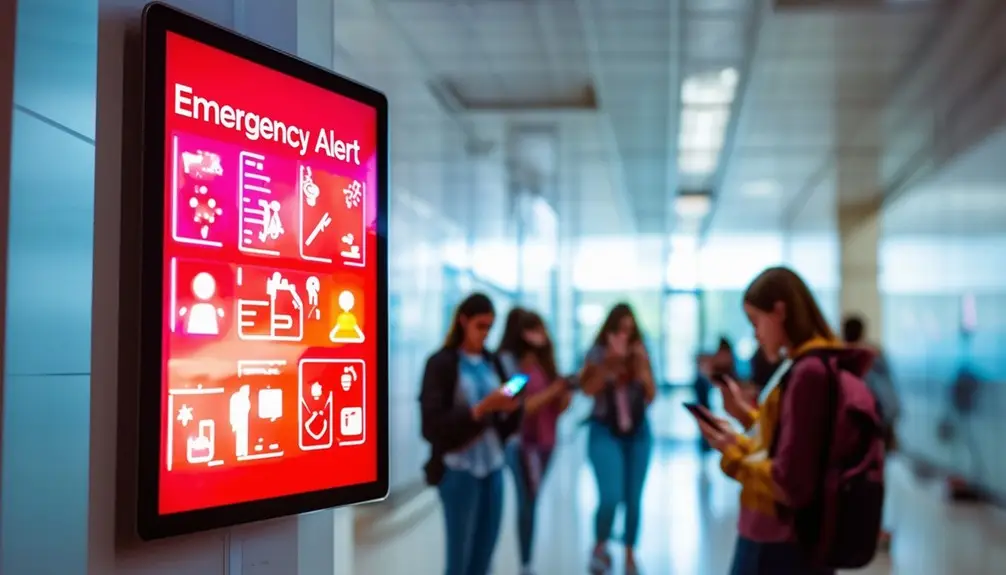
Discover how emergency alerts on digital screens transform college safety, ensuring rapid, effective communication during crises—read on to learn more.

In this guide, uncover the essential features of the best digital signs for campus emergencies to ensure swift and coordinated responses.

Join us to discover essential tips and tools for ensuring reliable emergency alerts on campus, crucial for your safety.
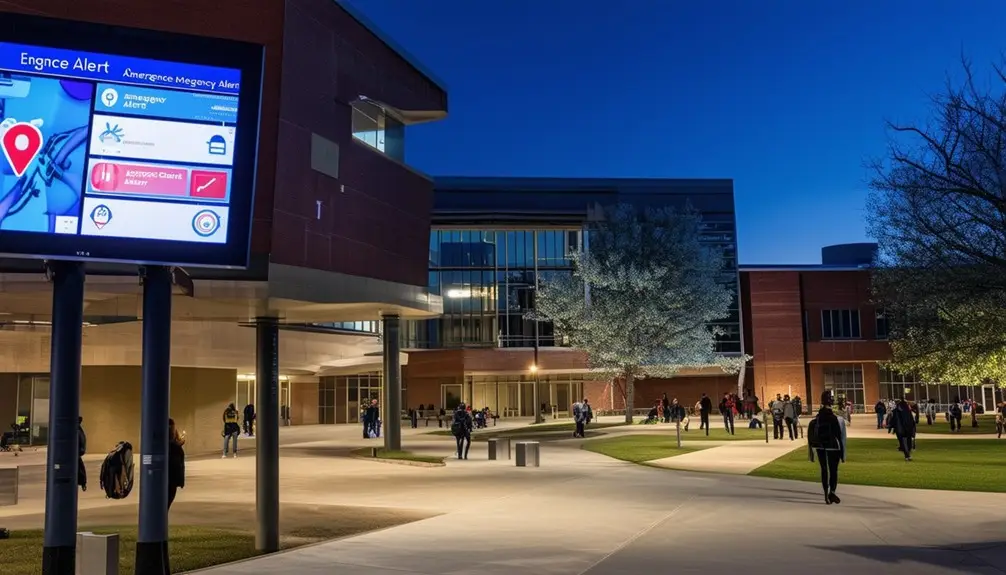
Why advanced emergency alert systems are essential for college campus safety—discover the technology that keeps students informed and secure in real-time.
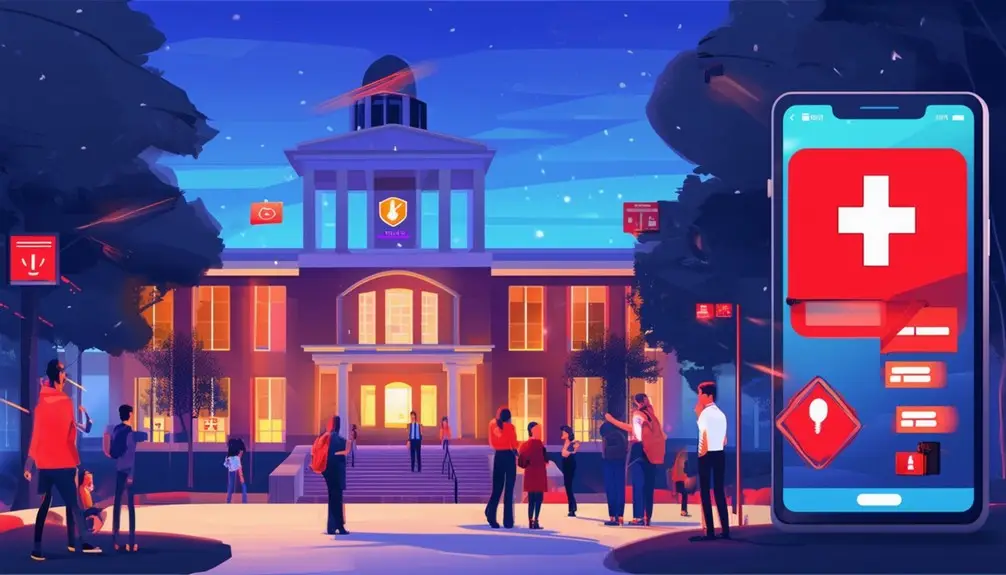
Maximize campus safety with effective emergency alerts that ensure clear, concise communication—discover essential strategies to keep everyone informed and protected.

Learn how digital menu solutions can revolutionize your college cafeteria, enhancing health, safety, and efficiency—discover the benefits that await you!
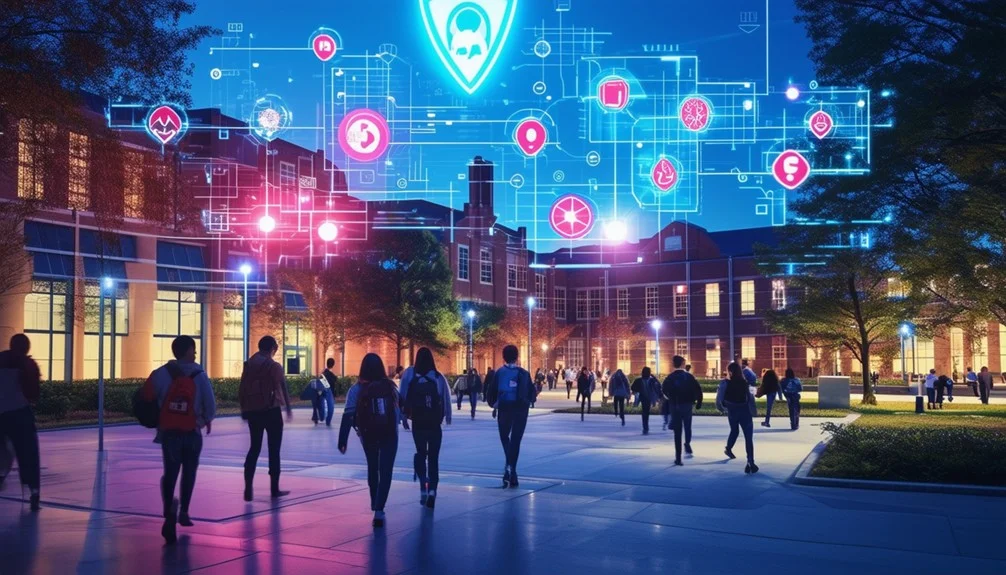
Find out how real-time emergency alerts on college campuses can drastically improve safety and communication—discover the key features that could save lives.
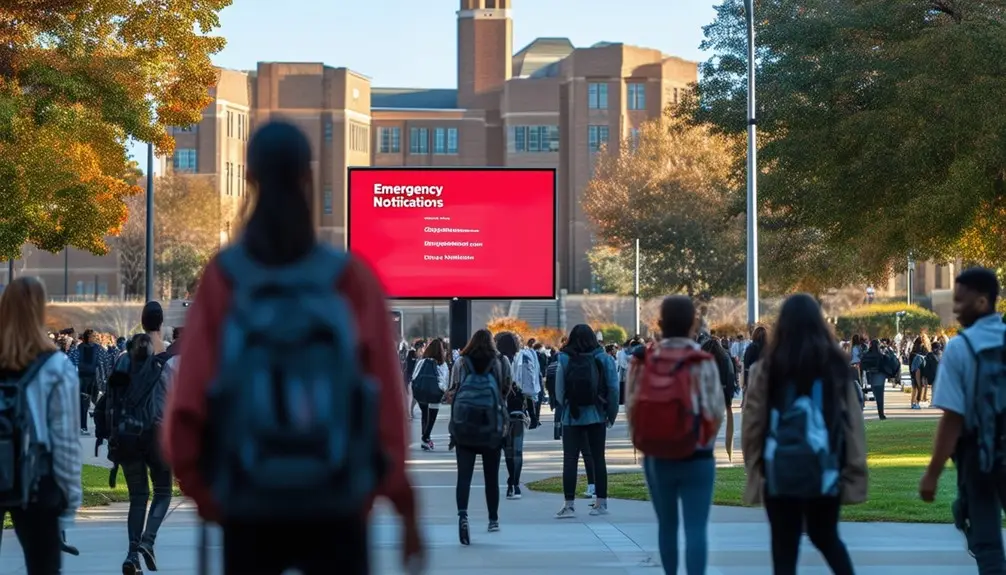
Boost campus safety with digital signage emergency notifications; discover how repurposing existing displays can provide real-time, life-saving alerts across your university.
A centralized messaging form for simplified inquiries and support.
© 2025 Zoney. All rights reserved.